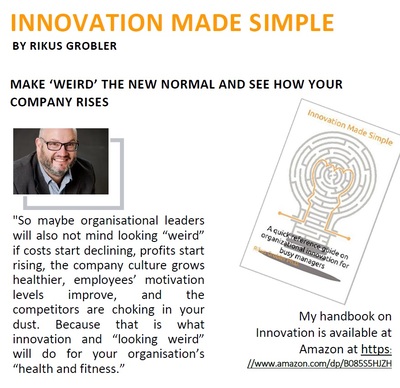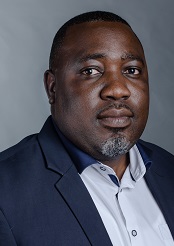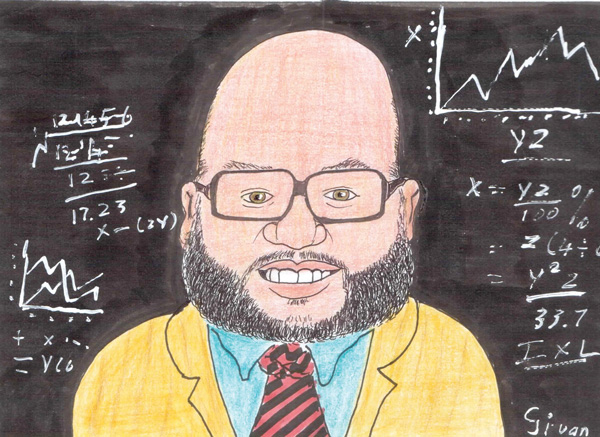
Finding the balance between thinking and doing – key for successful implementation

By Rikus Grobler, www.nis.co.na, [email protected].
I am on the topic of innovation implementation (execution). Thus far, I’ve discussed the culture of execution and how to foster it in the organisation, arguing the case that innovation happens when thinkers and doers are matched. However, the whole “thinking vs. doing” debate is not as straightforward as it sounds.
If you only think and research and plan, nothing gets done, but if you only take action for the sake of moving forward and being busy, costly mistakes can be made. Neil Tamplin offers a realistic view of two organisations representing these two scenarios:
Organisation A is a place where things happen SLOWLY. Decisions have to go up each step of the hierarchy. Many many meetings are required to reach conclusions. Progress is often slothful. Staff feel frustrated by the lack of urgency to get things done — particularly around things they see as obvious problems.
Organisation B is a place where things happen RAPIDLY. Change is fairly constant. New departments spring up. New initiatives are launched. Teams are regularly reconfigured. Staff feel like it’s hard to keep up or are confused about the latest change and often lament that they’re out of the loop.
These two organisations represent the opposing ends of the same spectrum. One is deliberating for so long about anything and everything that there’s a very real threat of the world leaving it behind. The other is geared so heavily for doing things that it runs the risk of missing opportunities by not learning from valuable past experience.
How do we strike the right balance? How do we think just enough to provide a good foundation for action?
I dug a little deeper and found Max Bennett converted the dilemma into a formula. He argues that one should always optimize for expected outcomes. Hence, the equation becomes: Expected Outcomes = [Probability of being right] x [Amount of stuff that gets done]. The [Probability of being right] is accomplished through thinking, and the [Amount of stuff that gets done] is accomplished through doing.
The trade-off of the formula is this: The benefit of thinking more is that the more you think, the higher the probability of being right. The downside of thinking more is that the more you think, the less time you have to actually get stuff done. The right balance will be different by role and situation. Bennett proceeds to advise on how you can determine if you are thinking too much or thinking too little and how to find the balance.
I also found an approach from Neil Tamplin to resolve the thinking-doing conundrum, that resonated with me. I think that this approach is practical, given how fast change happens these days and that it is basically a futile exercise to try to predict the future for more than three years in advance. Tamplin advocates a small, iterative approach: “Think about what you’re trying to do, but not so much that you’re just creating a whole load of untested assumptions that will later obscure the correct path and create inertia. Do something, but don’t do so much that you’re blindly racing off in entirely the wrong direction and start creating a solution in search of a problem.
Working in this iterative manner brings its own set of challenges (because no method is ever 100% perfect, because humans aren’t perfect), but it does a far better job of harmonising the thinkers and doers.” To make it practical, I created a rule of thumb for applying this method: If the environment is well-known and highly predictable, don’t iterate. Just do! If the environment is unknown and highly unpredictable, just create the next small experiment to test the next assumption.
Balancing thinking and doing is no easy task, but simply knowing that balance is what we should strive for allows us to avoid the trap of glorifying thinking or doing on their own. Through balance we drive better outcomes.
Next Time
Ideas in organisations can take many routes to fruition. Sometimes it involves a large, complex project, and sometimes it can be accomplished in an hour. One of the crucial thinking activities in any organisation is determining the best route for an idea to take to give it the best chance of getting implemented. I will discuss this in the next delivery.
I conclude with a quote from John Wooden: “If you’re not making mistakes, then you’re not doing anything. I’m positive that a doer makes mistakes.”
Click on the thumbnail below to order Dr Grobler’s book on Innovation from Amazon.













































